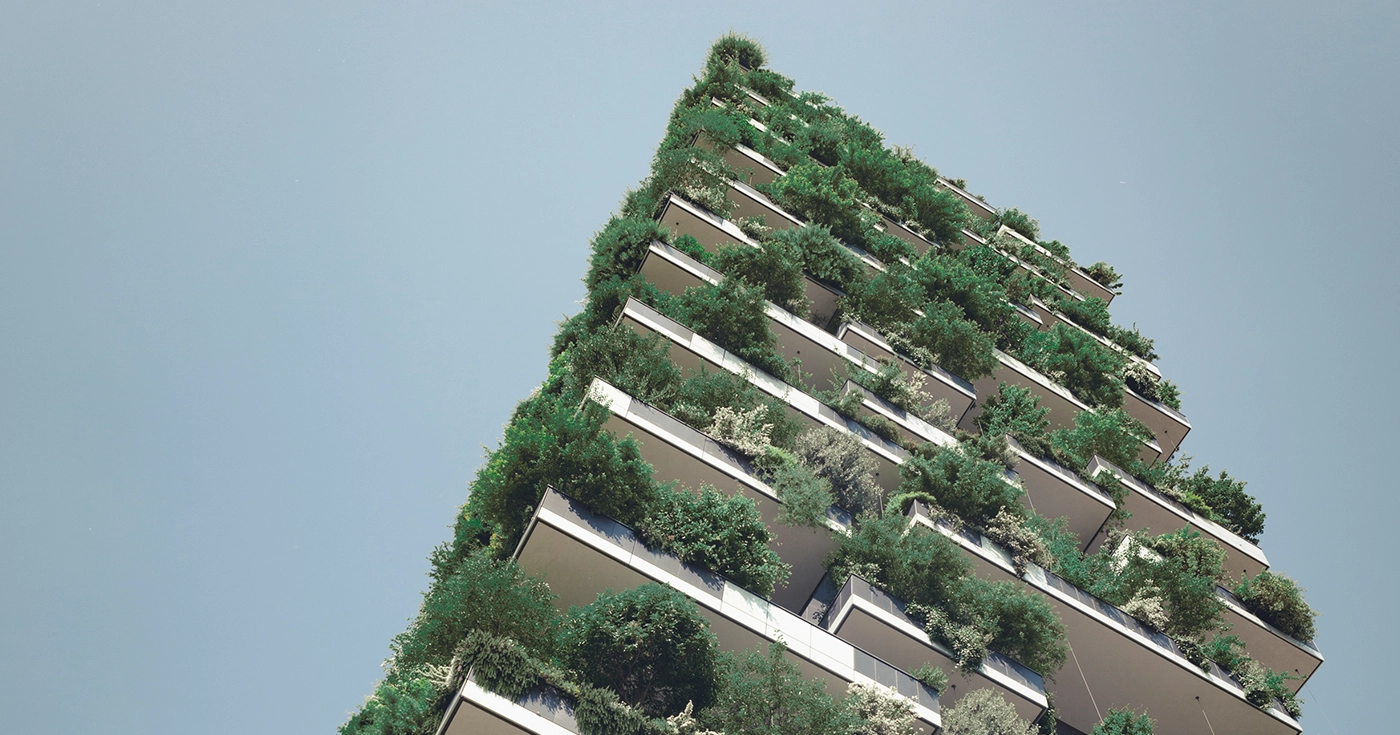
Sustainable and responsible investment in 2025: real trend or just a fad?
For years, sustainability in the investment world was seen as something secondary. Interesting, yes, but not necessarily profitable. That has changed. In 2025, talking about responsible investment is no longer about image, but about future profitability, risk reduction, and regulatory adaptation. Energy efficiency, social impact, and ESG criteria are becoming fundamental variables when evaluating any project, especially in the real estate sector.
This change is not only driven by greater social awareness, but also by regulatory and economic reality: buildings that fail to meet upcoming sustainability standards will lose value. Those who invest today in efficient, well-designed, and responsible projects will be better positioned. Platforms like Urbanitae are already incorporating these trends into their strategies, backing projects that respond to a real demand for the future.
New drivers of change
What until recently was associated only with environmental awareness is now fully part of financial logic. In Spain, the housing stock is still largely outdated: more than 80% of buildings have a low energy rating. New European regulations require that, in less than a decade, homes that fail to meet certain efficiency levels cannot be rented or sold without renovations.
This has opened two clear lines of opportunity: energy rehabilitation of existing assets and the development of sustainable buildings from scratch. Both create value not just out of environmental responsibility, but also by reducing operating costs, ensuring legal compliance, and improving attractiveness for the end user.
At the same time, investors —including retail ones— are now valuing more than ever factors such as future energy costs, resilience to climate or supply crises, and an asset’s ability to maintain long-term value. This is reshaping traditional risk analysis and turning sustainability into a clear competitive advantage.
Not a trend, but the new standard
Talking about sustainability is no longer enough: the key is how it is implemented. Buildings that reduce emissions, consume less energy, integrate smart systems, and adapt better to regulatory demands are being more highly valued. Not just on paper, but in market prices, occupancy rates, and operating costs.
In addition, responsibly focused projects are showing greater long-term stability. They have lower tenant turnover, fewer unforeseen expenses, and greater social and financial acceptance. For many investors, this means not only aligning investment with values, but also protecting their capital in a more complex environment.
That is why, far from being a passing fad, sustainability is already shaping the way projects are designed, financed, and invested in. The market is rewarding those who anticipate these trends, and those who fail to adapt will struggle to maintain the profitability of their assets in the years ahead.
Conclusion
Sustainability has ceased to be a “nice-to-have” and has become a requirement. The investor seeking value in 2025 will look not only at expected returns, but also at efficiency, compliance, and resilience. The good news is that there are already tools and platforms —such as Urbanitae— that make it possible to participate in ESG-driven projects from the earliest stages, backed by rigorous analysis.
Investing responsibly does not mean giving up profitability. On the contrary: it means understanding that the value of an asset is not measured only in margins, but in its ability to withstand time, meet new demands, and continue generating income when others start to fail. That is the path the market has already taken. The question now is not whether it is profitable to be sustainable, but whether it is profitable not to be.

